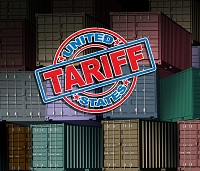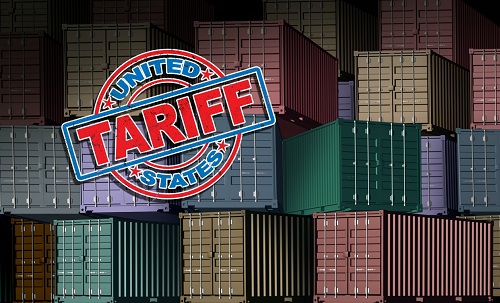"Globalisation is leading to a reformation in thinking of global economies that are shifting their focus to localisation. Now, wars are being raged over tech, rather than trade. The new economic paradigms, emerging in response to world’s social, environment, political and economic challenges, call for new rules of engagement as the earlier megatrends that impacted the world have now reached a boiling point."
 Globalisation is leading to a reformation in thinking of global economies that are shifting their focus to localisation. Now, wars are being raged over tech, rather than trade. The new economic paradigms, emerging in response to world’s social, environment, political and economic challenges, call for new rules of engagement as the earlier megatrends that impacted the world have now reached a boiling point.
Globalisation is leading to a reformation in thinking of global economies that are shifting their focus to localisation. Now, wars are being raged over tech, rather than trade. The new economic paradigms, emerging in response to world’s social, environment, political and economic challenges, call for new rules of engagement as the earlier megatrends that impacted the world have now reached a boiling point.
Though free movement of services peaked in the last decade, the focus has shifted to local economies in this decade. This shift is already happening in some parts of Europe which is now a battleground for taxes on digital services. This fight is resulting in physical separations among a lot of platforms now referring to the move as “splinternet.” This trend of Splinternet is a part of the new monetary thinking at work as countries consider what they can tax to raise revenues.
Another key trend likely to grab attention in the next decade includes technology-particularly in the U.S. and China markets which will compete in the race for innovation to claim supremacy. This drive to control the use of technology will fuel localisation trend in 2020.
claim supremacy. This drive to control the use of technology will fuel localisation trend in 2020.
A mask to retain its tap position in the market
According to Ethan Harris, who heads up global economics at Bank of America Merrill Lynch, is, a symbolic “skinny” agreement is likely to be formed in the trade dispute between the US and China as the trade war is likely to be on hold in 2020 and re-escalate in 2021 after the US presidential election.
Though dubbed as a trade war, the disagreement is really a “local” battle over the protection of American intellectual property assets. These tariffs are used to exert pressure by the US to retain its position on the top of technological innovation. Tariffs, at 15 percent, would be levied on roughly $200 billion of remaining Chinese goods, including apparel and footwear items not impacted by the first group of 15 percent tariffs imposed on Sept.1
A multilateral solution to smoothen global trade
A “ceasefire” on trade issues won’t be conducive at this stage due to hangover of uncertainty into 2021 and beyond. Extending the trade war past the 2020 elections would prove negative for the US economy. The US has often used or threatened to use tariffs as a tool to align with the president’s 2016 campaign slogan, “Make America Great Again.” And that, too, is an example of the trend in more localised thinking. However, now these tariffs are being used as weapons to fight battles ranging from tech to national security, trade tensions won’t likely dissipate anytime soon. To deal with this situation, countries, including the U.S. need to figure out a multilateral solution that will ensure the smooth passage of global trade.












